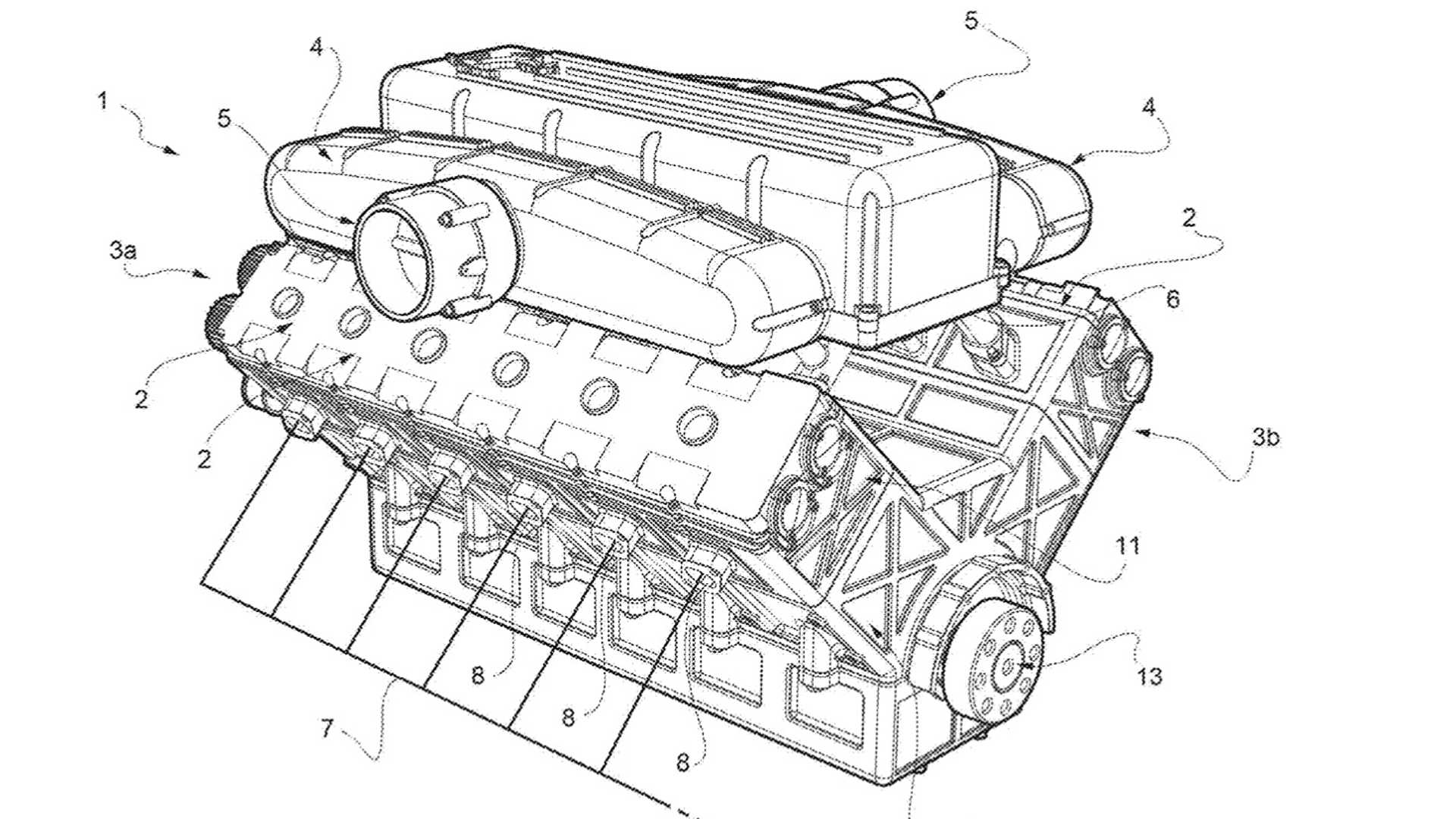Will global warming end its era of dominance?
For the past five decades, the V12 engine—an engine comprised of 12 cylinders—has been recognized as one of the most powerful and smooth engines on the market, establishing superiority and opulence in comparison to V6’s, V8’s and V10’s, which have six, eight, and ten cylinders, respectively. Although known to deliver one of the smoothest rides in luxury cars, it is more acclaimed for pumping out immense amounts of horsepower and its extremely high pitched sound in supercars, mimicking that of a Formula 1 (single-seat open-cockpit) car. In its naturally aspirated form (no turbos), it delivers linear power, which means there is no turbo lag, making the engine extremely responsive (5).

Through years of mastery, supercar manufacturers such as Ferrari and Lamborghini have manipulated these engines to yield the fastest acceleration and provide the most aggressive performance. To achieve their goal, they explored incorporating new types of material, such as carbon fiber and kevlar. Additionally, they have altered the firing order of the cylinders in order to maximize acceleration, horsepower, and torque. Hence, Ferrari’s 6.3 Liter naturally aspirated V12, found in the enticing Ferrari F12 Berlinetta, has been recognized as the best engine of 2016 (1).
The V12 comprises six cylinders on both sides of the engine that mirror each other, forming a distinctive V shape, at approximately 60, 90, or 120 degrees (2). Each of these orientations allows for the perfect balance in the engine, and unlike the V10 and V8 engines, which have ten and eight cylinders respectively, the V12 engine’s configuration automatically balances the engine, requiring no additional counterweights on the crankshaft and no offsetting of the rods and the pistons in the cylinders. Hence, unlike other engines that may feel more abrupt, the V12 provides an extraordinarily smooth power delivery (2). Thereby, V12 cars are extremely sought after by those seeking seamless acceleration and endless torque.
Due to its extremely versatile nature, the V12 has many practical uses aside from sports and luxury cars. The V12 has been implemented in various ways; it made its first appearance in 1904 race boats and was even implemented in World War I fighter jets (3; 4). Today, the engine can also be found in luxury cars made by manufacturers including Rolls Royce and Maybach, and supercars made by iconic Italian supercar brands such as Pagani, Ferrari, and Lamborghini.
Even though these engines have established their extremely prestigious place in the supercar and luxury car industry, there has been speculation surrounding the end of the V12 era because many of these engines no longer comply with the fuel consumption regulations, hence, the production of these engines is becoming increasingly rare (5). In the 1930s and 1940s, there was a harsh decline in the production of V12 engines. In comparison to V8’s, these engines were seen as excessive, and too complex to build. However, in 1948, Ferrari and Lamborghini resurrected the legendary engine, creating a V12 legacy from 1948 to the present. Although these magnificent engines have been revived, their legacy will most likely be short-lived.
As the world continues to face global warming, countries are continuously instilling regulations on fuel economy: the exact weakness of the V12 block (5). Despite these Italian carmakers’ attempts to pair their V12’s with electrical motors, these engines are bound to be abandoned, as they are no longer sustainable for the world’s climate change (5; 6).
– Noah Lang
References
- Carney, D. (2016, 9/16). Ferrari Just Made A Decision that Will Make Purists Extremely Happy. Maxim. https://www.maxim.com/rides/no-turbos-for-new-ferrari-v12-2016-9.
- English, A. (2010, 11/23). Lamborghini Brings Back V12. Popular Mechanics. https://www.popularmechanics.com/cars/a6448/lamborghini-brings-back-the-v12/.
- Smeyers, M. (2008, 8/08). Marine Power. https://www.lambocars.com/marine_power/
- Writer, S. (2016, 6/10). Martinsyde F.4 Buzzer Biplane fighter Aircraft. https://www.militaryfactory.com/aircraft/detail.asp?aircraft_id=620
- Rosenholtz, J. (2017, 9/23). Here’s Why The V12 Is Still The Most Amazing Engine. https://carbuzz.com/news/here-s-why-the-v12-is-still-the-most-amazing-engine
- Howard, B. (2013, 3/12). Ferrari’s New ‘mild hybrid’ LaFerrari Supercar produced 963 hp. https://www.extremetech.com/extreme/150495-ferraris-new-mild-hybrid-laferrari-supercar-produces-963-hp
Images







Be First to Comment